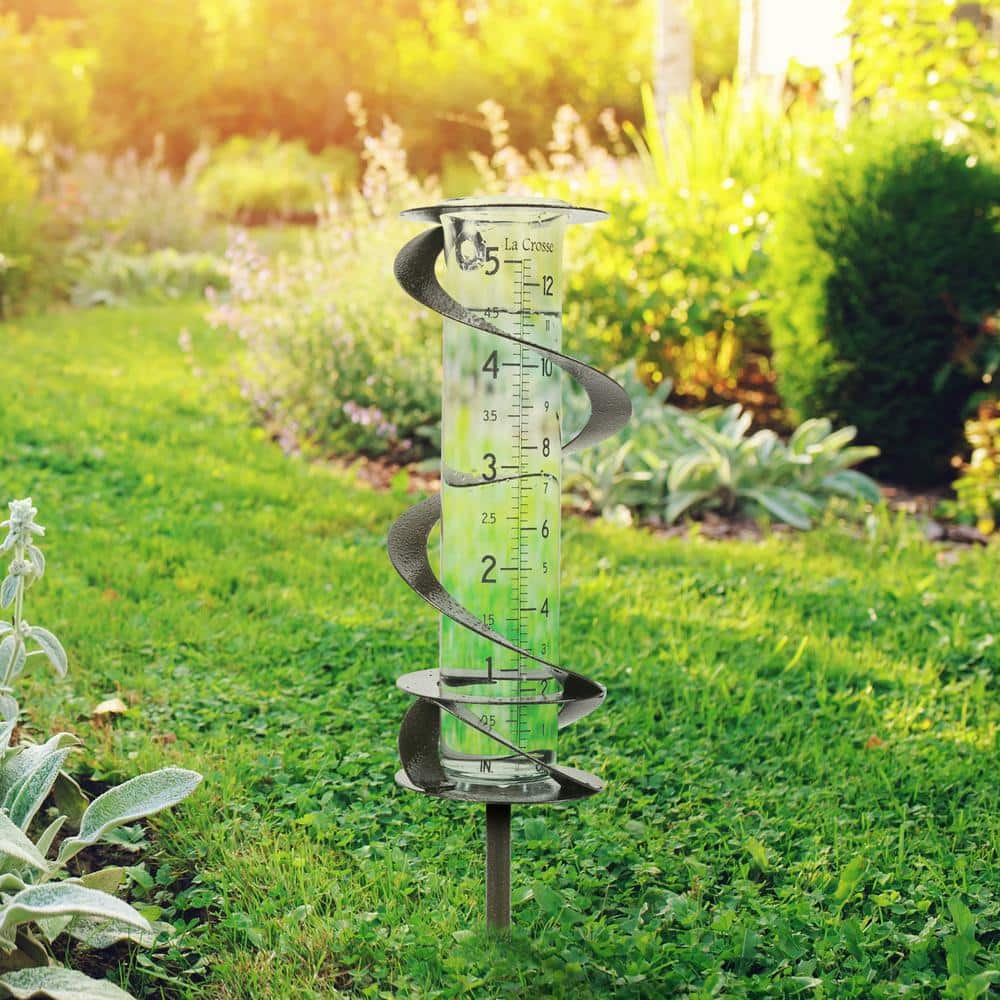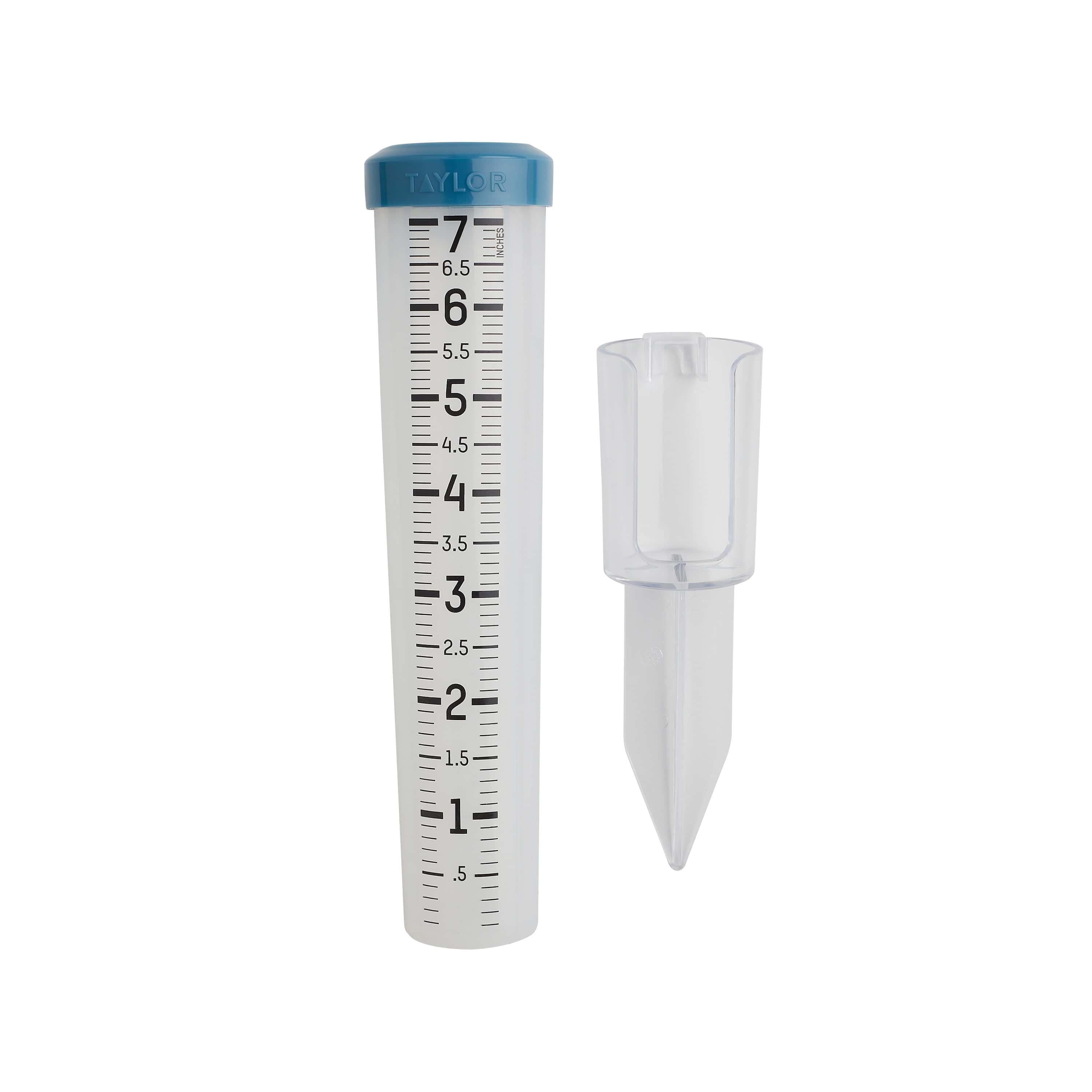The Rain Gauge: A Crucial Tool for Keeping Track Of Precipitation Levels
The Rain Gauge: A Crucial Tool for Keeping Track Of Precipitation Levels
Blog Article
Exactly How to Choose the Right Rain Scale for Accurate Rain Information
Precise rains information is essential for different sectors and tasks, such as farming, water, and weather forecasting source monitoring. To obtain trusted dimensions, it is important to select the best rain gauge. This overview intends to supply beneficial understandings right into the option process, allowing you to make enlightened decisions. Considering aspects such as location, type, and accuracy of the rainfall gauge will help make sure specific information collection. Furthermore, comprehending the maintenance and calibration procedures will contribute to the long life and dependability of your rainfall scale. By following these guidelines, you can ensure exact rains data, making it possible for better decision-making and preparation for numerous applications.
Value of Selecting the Right Rain Scale
The importance of selecting the best rainfall scale hinges on acquiring dependable and exact rainfall data for accurate atmospheric evaluation. Rain information is crucial for a large range of applications, consisting of climate projecting, hydrological modeling, and environment study. Unstable or imprecise data can bring about wrong final thoughts and flawed decision-making procedures.

Secondly, the accuracy and precision of the rainfall gauge are paramount. The scale ought to be able to gauge rainfall with high precision, recording even tiny quantities of precipitation properly.
In addition, the place and installment of the rain scale are vital considerations. It must be put in an open area, away from obstructions that could influence rainfall dimensions. The scale must be positioned at a proper height and angle to stay clear of splashing and ensure appropriate catchment of rain.
Elements to Think About When Selecting a Rain Gauge
When picking a rainfall scale, there are a number of vital factors to take into consideration. There are different types offered, consisting of typical rainfall gauges, tipping bucket rain evaluates, and weighing rain determines.
Another aspect to consider is the product of the rainfall gauge. Rain evaluates can be made of different products, such as steel, glass, or plastic. The material picked ought to be resistant and resilient to climate condition, making sure that the rainfall gauge will withstand the components and give exact dimensions in time.
Accuracy is likewise a crucial variable to think about. Try to find rainfall assesses that have actually been adjusted and checked for accuracy. Features such as anti-splash rings and funnels can also improve the precision of the measurements.

Last but not least, think about the environment and environment in which the rainfall scale will be used. Various rain evaluates are appropriate for different climates, so it is essential to pick one that is ideal for the conditions in your area.
Various Kinds Of Rain Assesses Available
To better explore the elements to take into consideration when picking a rainfall scale, it is important to recognize the various kinds of rainfall evaluates readily available. The most common kind is the common rain gauge, additionally recognized as the round rain gauge.
An additional sort of rainfall scale is the tipping pail rain scale. This gauge uses a seesaw-like system to collect and gauge rainfall. As the rain comes under the scale, it fills one side of the pail, creating it to clear the water and tip. The number of ideas is counted online to identify the amount of rains. Tipping bucket rainfall evaluates are popular for their accuracy and capability to measure rainfall intensity.
A third sort look at this website of rain scale is the evaluating rain gauge. This gauge makes use of a balance system to gauge the weight of the collected rainfall. As the rainfall comes under the scale, it is collected in a container connected to an equilibrium. The weight of the water is gauged, and the rains amount is computed based on the weight. Weighing rainfall gauges are extremely accurate yet can be extra expensive and need regular maintenance.
Finally, there are likewise remote rain gauges that use progressed modern technology to gauge rainfall (The Rain Gauge). These determines use sensing units and transmitters to send information wirelessly to a main system. Remote rainfall gauges are hassle-free for keeping track of rainfall in hard-to-reach locations or for large-scale information collection
Exactly How to Identify the Accuracy of a Rainfall Scale
One method to examine the accuracy of a rain gauge is by conducting normal calibration measurements. Calibration entails contrasting the readings of a rainfall gauge to a basic measurement, such as a licensed rain gauge or a weather condition terminal with high accuracy. By contrasting the dimensions, any disparities or mistakes in the rainfall scale can be determined and represented.
To carry out a calibration dimension, begin by collecting rainfall information from both the rain scale and the common dimension tool over a particular time period, such as a month. Compare the analyses and determine the distinction between them. This difference is referred to as the calibration error.
It is essential to note that calibration dimensions need to be performed on a regular basis, as environmental variables, such as temperature, wind, and particles, can affect the precision of the rainfall scale gradually. By performing normal calibrations, any modifications in the precision of the rainfall scale can be identified and adjustments can be made accordingly.
Along with calibration, it is also advised to clean and maintain the rain gauge frequently to guarantee its precision. Get rid of any kind of debris or blockages that may affect the precision of the dimensions, and look for any signs of damage or wear that might require repairs or substitute.
Tips for Maintaining and Calibrating Your Rain Scale
Routine upkeep and calibration are essential for guaranteeing the accuracy and integrity of your rainfall scale in gauging rainfall information (The Rain Gauge). By adhering to a few basic ideas, you can make sure that your rain gauge is properly preserved and calibrated
To start with, it is very important to cleanse your rainfall scale on a regular basis to stop any type of particles or dirt from obstructing the rain straight from the source collection mechanism. Make use of a light cleaning agent and a soft brush to gently cleanse the inside and outside of the scale. Rinse it completely with tidy water and enable it to completely dry entirely prior to re-installing it.
Secondly, it is suggested to calibrate your rainfall scale at the very least yearly. Calibration entails contrasting the dimensions of your rain scale with those of a relied on and accurate recommendation gauge. This will aid you identify and correct any kind of prospective errors in your rain gauge's dimensions.
To calibrate your rain scale, accumulate a well-known volume of water utilizing a measuring container and contrast it with the measurements tape-recorded by your rain gauge. Readjust the analyses as necessary to make certain precision.

Conclusion
In conclusion, picking the right rainfall gauge is critical for acquiring precise rainfall information. Aspects such as budget, objective, and area must be considered when selecting a rain gauge.
There are different types readily available, consisting of common rain gauges, tipping bucket rain assesses, and considering rain evaluates.To further check out the aspects to consider when picking a rain scale, it is crucial to recognize the various types of rainfall evaluates available. The most typical type is the conventional rain scale, likewise known as the cylindrical rainfall gauge.One more kind of rainfall scale is the tipping container rainfall scale. Calibration entails contrasting the analyses of a rainfall scale to a common dimension, such as a licensed rainfall gauge or a climate terminal with high accuracy.
Report this page